As you know well by now, my great-grandfather was particularly fond of painting landscapes.
His oil paintings were primarily done within his workshop, once returning home from his numerous walks. The reason for this was that, to paint in situ (directly on location), he would have had to bring all his tools, paint tubes, canvas... which was just not practical at all - likely far too cumbersome.
For watercolors, on the other hand, his load would have been much lighter - a few brushes, small palette of watercolor paints, and his sketchbook/watercolour paper would have done the trick.
Often, when observing his paintings, I notice his desire to add a little more life to his landscapes - a small scene from the everyday lives of individuals and/or animals of the region. I'm not sure if this is a special painting technique most painters learn to use or if this is something particular to him, but when you look at the paintings which follow, take a close look at these "extras".
Could it have been a humorous wink to his entourage? Or was it the need to fill in a space which seemed somewhat a little bare? You may also notice that these additional sketches are always done in black color. Did he want to attract our eyes to them or, on the contrary, make them present but of little importance?
If only he were still alive to tell us...
Watercolors
Looking at this painting, we can almost guess the frustration my great-grandfather must have felt in front of this empty crossroad of the village of Buxy, in Burgundy.
The little peasant in clogs shows quite clearly that we are at a time when traffic was almost non-existent.
How times have changed...
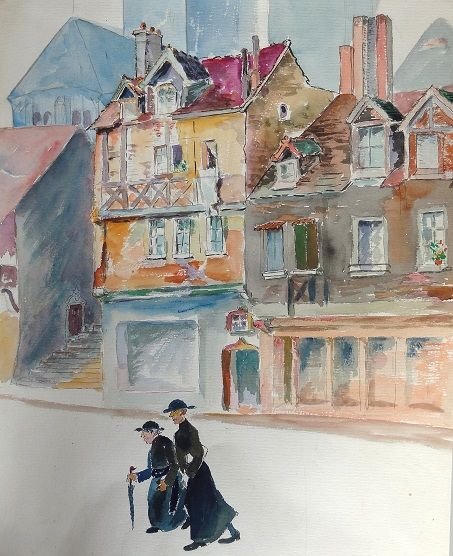_edited.jpg)
These two priests in cassocks remind the observer that we are near a church or a convent. In fact, what may look like tall skyscrapers in the background are actually the 2 main towers of a cathedral.
For one reason or another, my great-grandfather seems to have left this painting unfinished as you can see from the white area where the priests are walking. Do you think he would mind if I drew a few cobblestones?
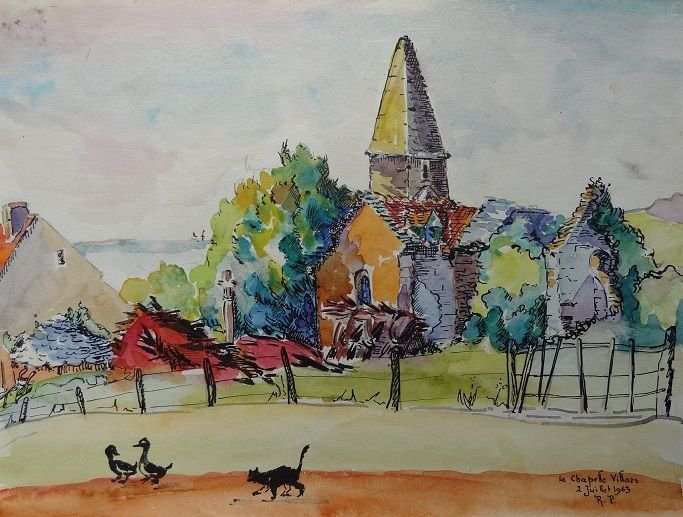
In front of this pretty little Romanesque church in the village of "La Chapelle Villars" in Burgundy, he drew this funny scene happening in the foreground of a cat following two ducks.
One can imagine that my great-grandfather (or rather the cat) surely had an idea in the back of his mind. I'll let you guess how that story ended :)
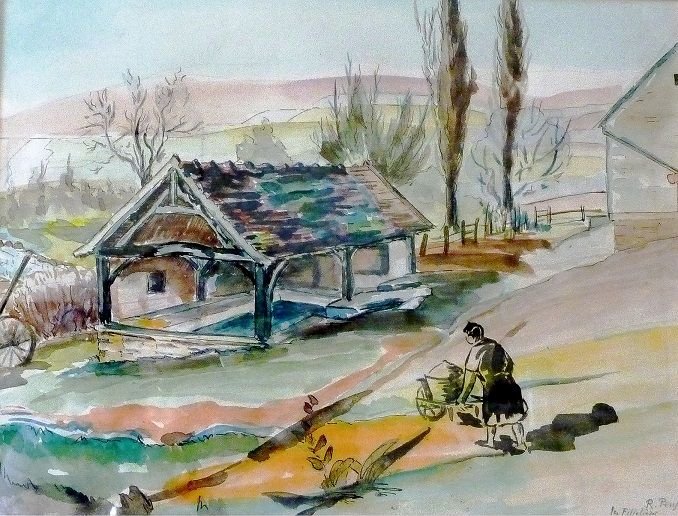
The village "lavoir" or washhouse sure looked a bit sad without its usual flock of women washing away their husband and children's clothes - even more so during these cold winter times.
Here again, he added a woman and her wheelbarrow full of dirty clothes to accentuate the utility of the place.
In 1971, towards the end of his life, my great-grandfather began writing a collection of thoughts and observations of the towns and villages in the vicinity of his home. His writings were based on his own research and the villager's testimonies. As you can see from the photos below, this "notebook" is massive! And his writing so small, we almost have to use a magnifying glass!
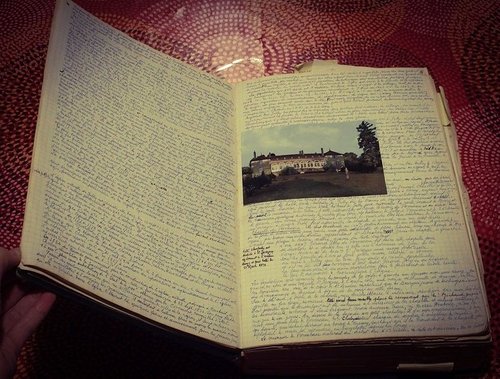 |  |
|---|
He begins his book with these thoughts:
To escape his everyday life, anyone can, if he wishes, seek to discover on his own the vestiges of the past still existing to this day.
Our villages of France still have witnesses of the older times and particularly those of our region. As we walk, we tell ourselves a story - that of men and their works, even the most modest of them.
If we can help to save these works and discoveries from oblivion and contempt, and thereby provide interest to our successors, our existence will not have been selfish and in vain.

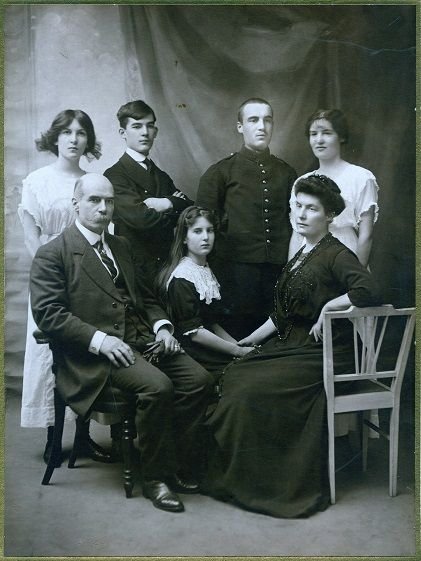
 Zeitgeist Movement and Berlin Street Art |  Architectural Photography - Hong Kong |
|---|---|
Illustrations by my great-grandfather |  The Hundred-year-old Egg |
“Learning is not a race for information, it is a walk of discovery” - Jane Healy

